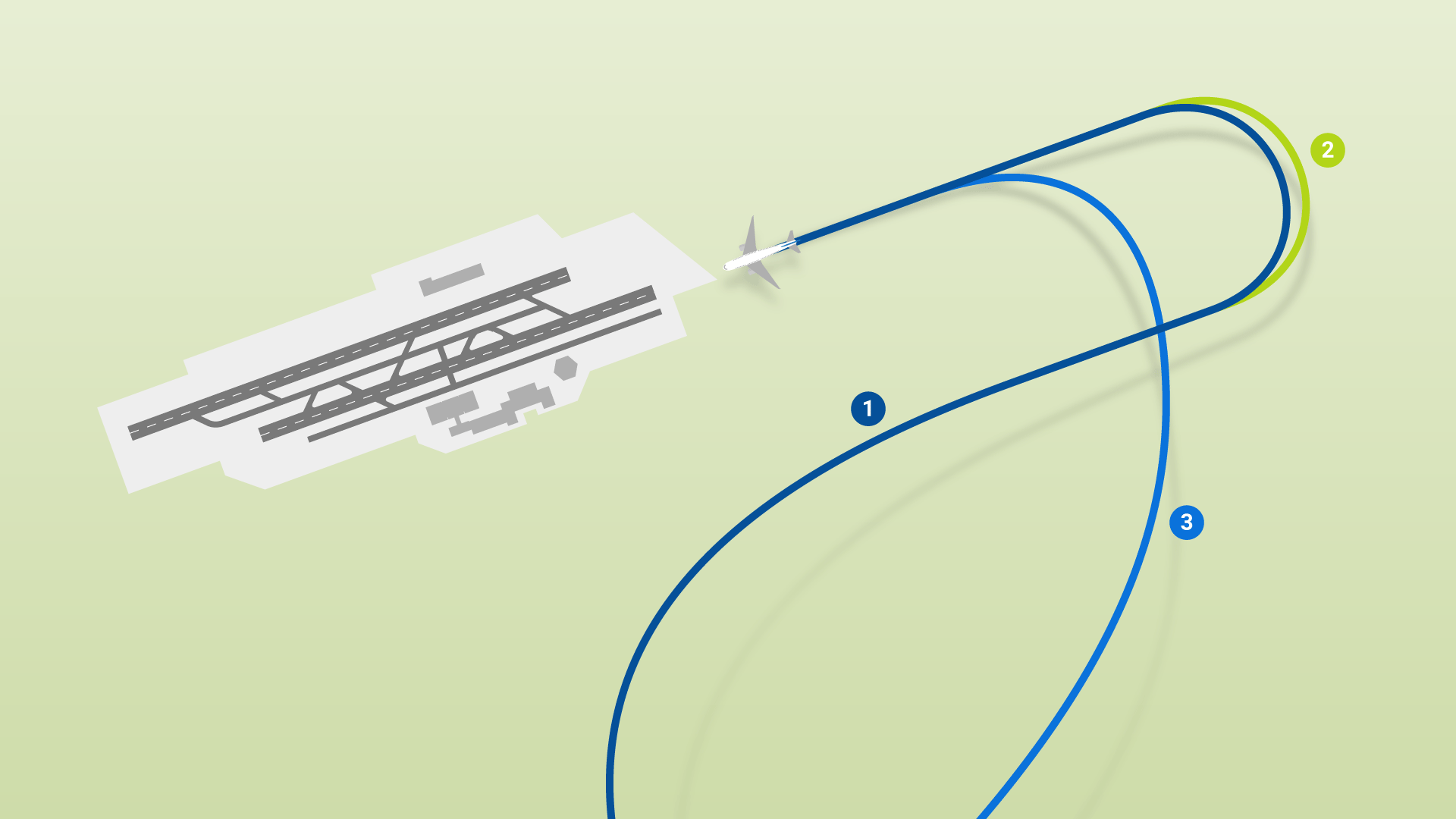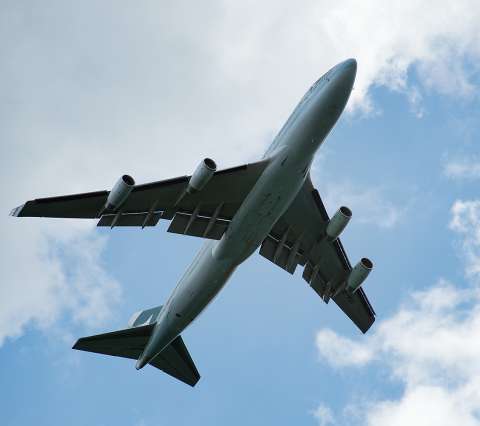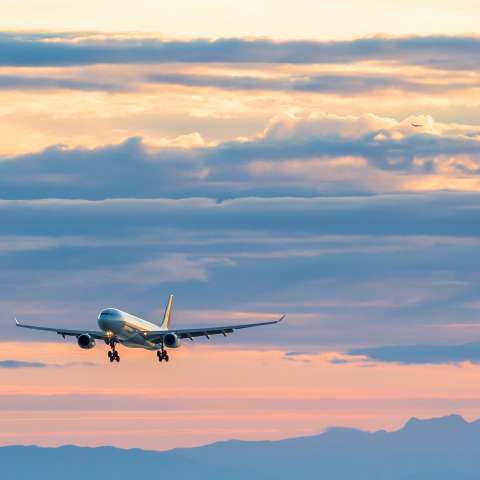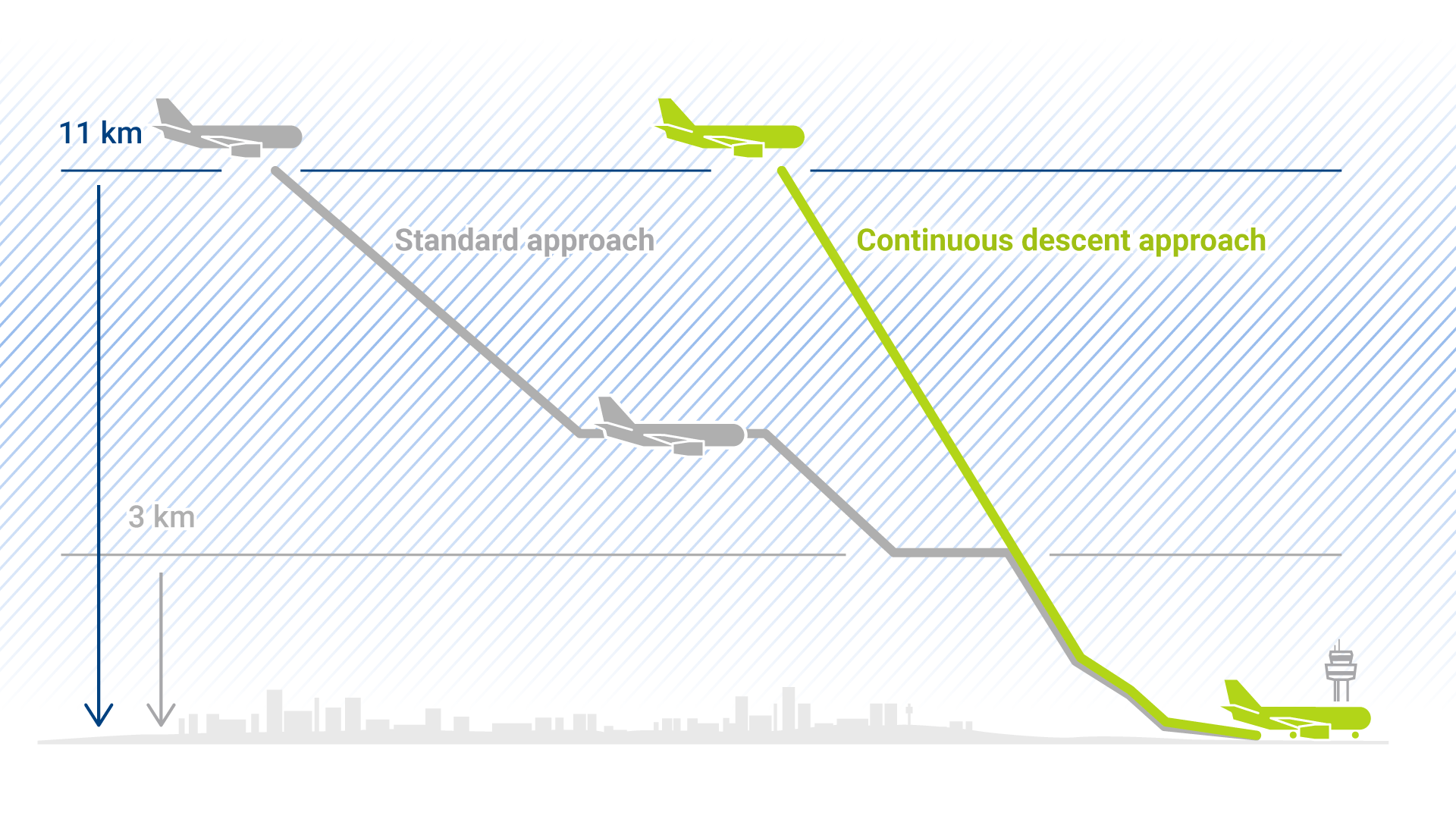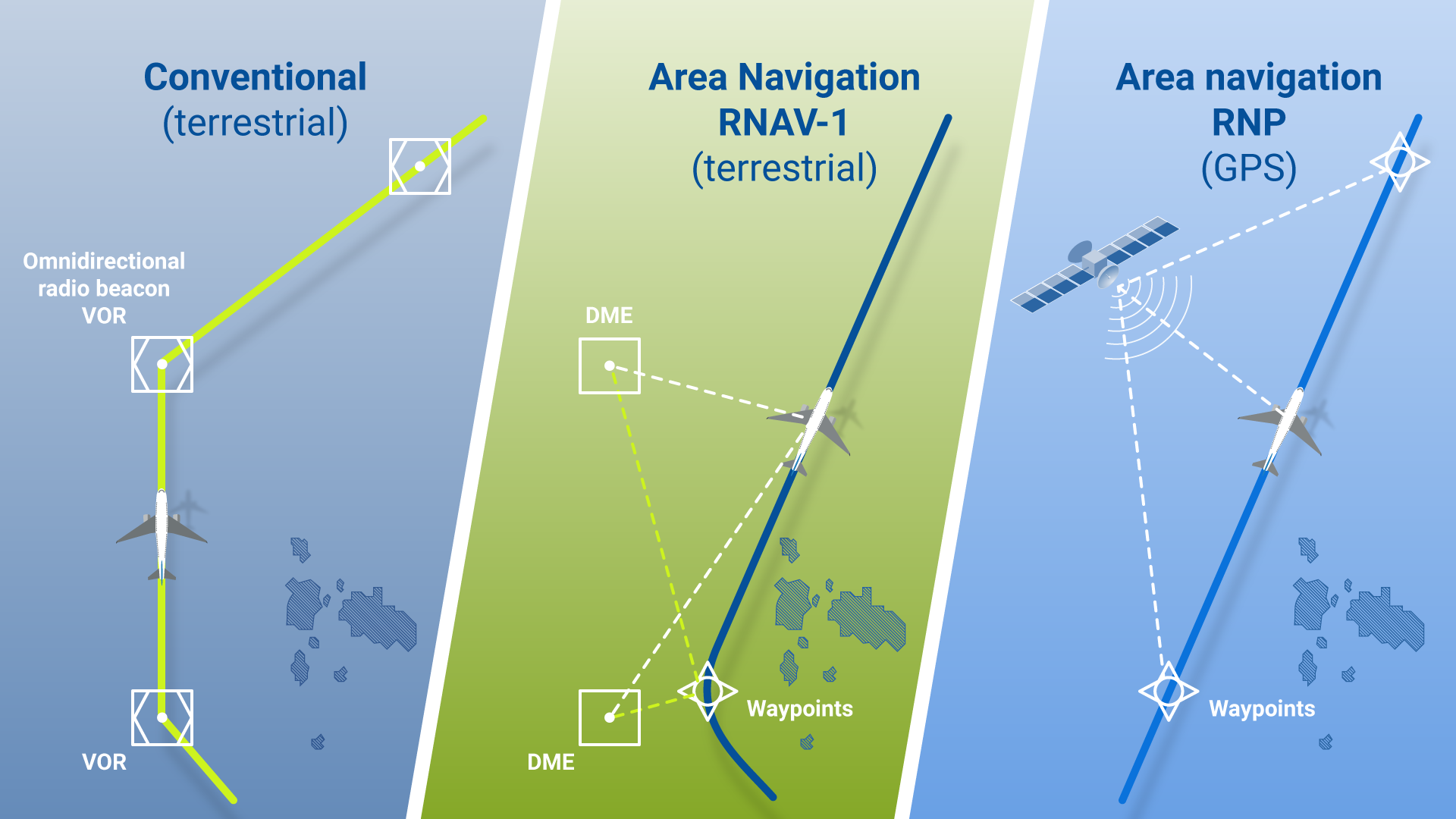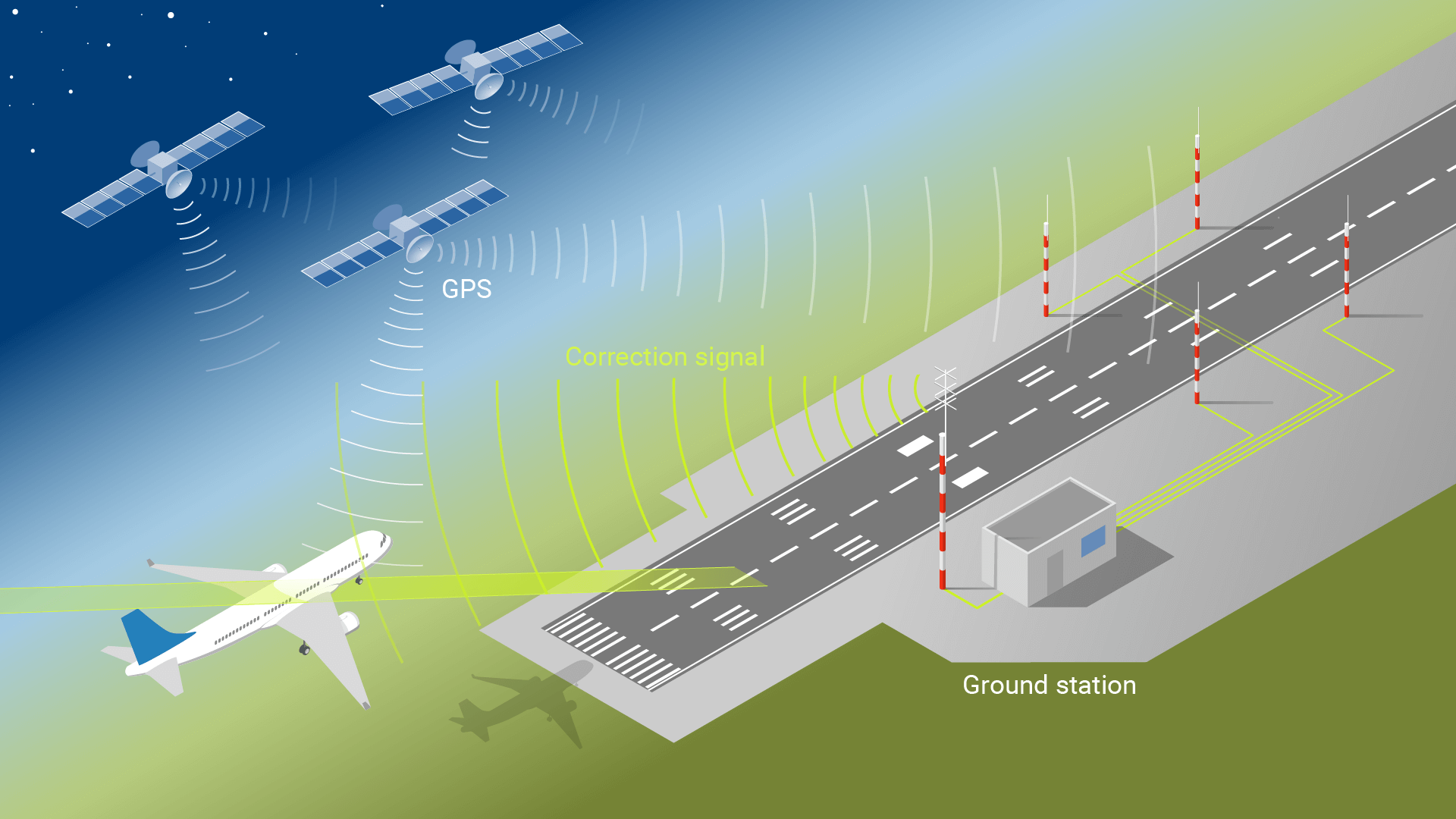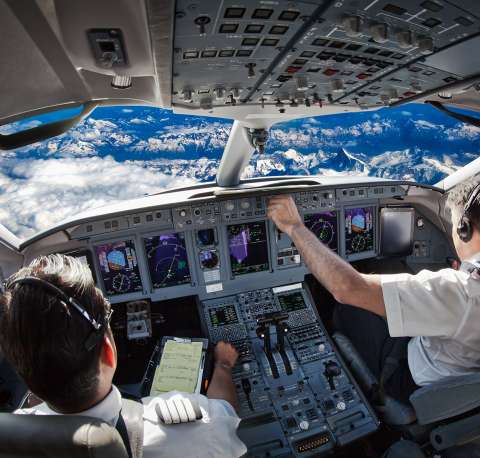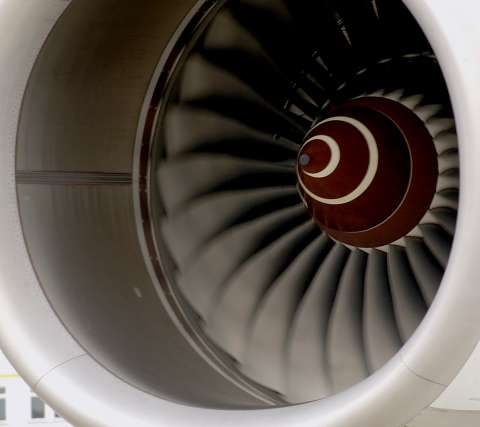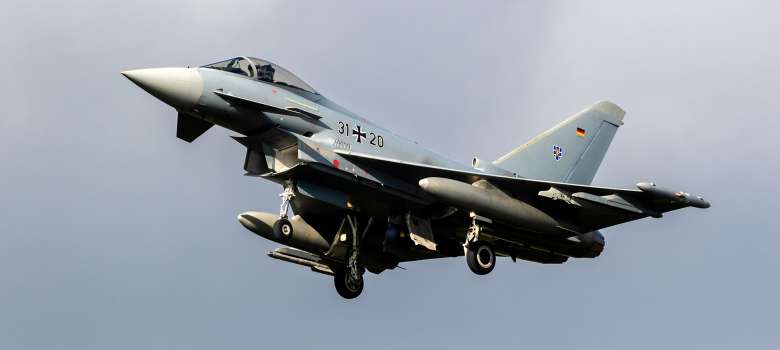What DFS does to protect against aircraft noise

Aircraft cause noise, through their engines, and through air turbulence on the fuselage and wings. Thanks to modern technology, aircraft have already become much quieter. But especially for residents living near airports, aircraft noise continues to be a nuisance. DFS has only limited influence in this regard. It does not operate any aircraft, nor does it decide on when aircraft fleets are modernised. Nevertheless, noise reduction, or abatement, plays a major role for us. When developing flight procedures, our goal is to keep the noise impact on people to a minimum.
In doing so, we are bound by legal regulations and ordinances issued by the German Federal Government, the EU and ICAO. They provide the framework for procedures planning at DFS. Before publishing new procedures, we consider the vote of the respective Noise Abatement Commission. The German Federal Environment Agency (UBA) is also involved in the review. Ultimately, the German Federal Supervisory Authority for Air Navigation Services (BAF) determines flight routes by statutory instrument. The challenge in planning is to find the best possible compromise. Firstly, the procedure must be safe and suitable for the volume of traffic. Secondly, the flight path should be short and the fuel consumption low. And thirdly, people should be protected from noise as best as possible.


